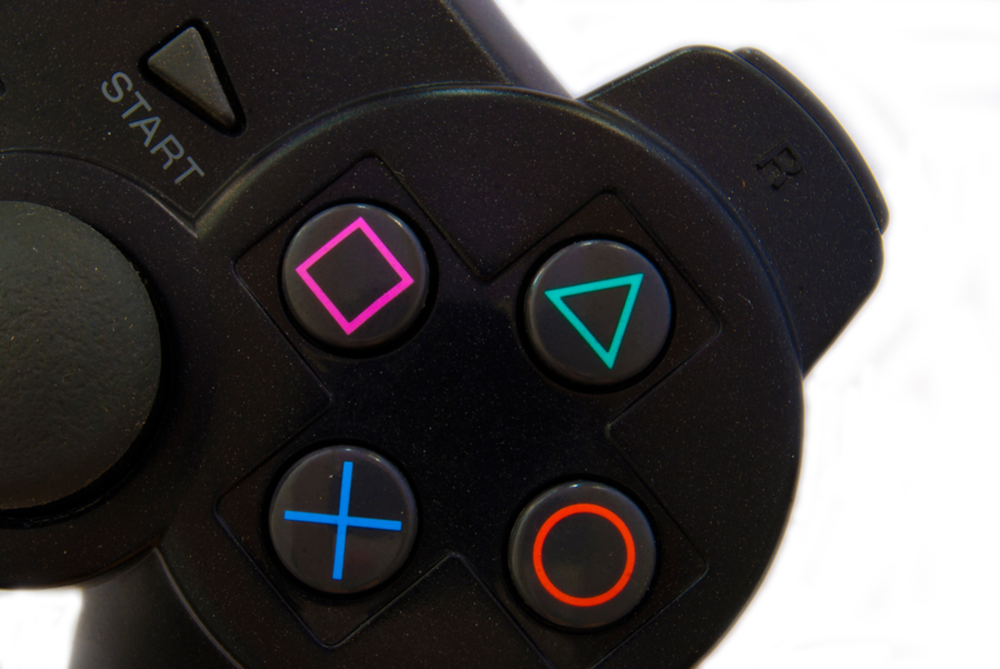A good portion of millennials fully understand the role of marketing in today’s freemium digital environment. However, it often seems that companies that market to us don’t reciprocate that understanding. Part of this disconnect may stem from marketers following the same examples and adhering to practices older than the people they’re attempting to engage. Marketers need to spice things up; they need to open things up. If dated examples are an issue, marketers need look no further than the video game industry.
Gaming was introduced with Generation X, but flourished under Generation Y (millennials). Many of us spent hundreds of hours during our formative years shooting bad guys, slaying dragons, and solving puzzles in one virtual world or another. We’ve grown up with the gaming medium and have a fondness for it not unlike some people’s reverence for sports. Game developers know and understand this, not just because they’re gamers themselves, but also because we tell them and they listen.
Here are a few gaming companies that do an outstanding job of engaging with, and listening to, their (predominantly) millennial customers. These companies are exceptional examples of customer centricity; other marketers may want to take note.
Blizzard Entertainment
Known best for its “Diablo” and “Warcraft” series, Blizzard is a powerhouse of a studio and is one of the most consistent development houses in terms of product quality. Where some companies might distance themselves from a customer base as massive as Blizzard’s, the “World of Warcraft” author does exactly the opposite.
Each of Blizzard’s brands (games) has its own dedicated website, complete with some of gaming’s most intense discussion boards. Despite the passionate (and often frothing) horde of users, Blizzard representatives wade right into the virtual fray. It’s just customer service reps; lead developers and even Blizzard executives participate in these discussions with customers.
Blizzard’s customer engagement strategy transcends its forums and extends into the social communities where its customers gather. The company and its representatives have a presence on Facebook, Reddit, Twitter, even third-party community sites. Blizzard may well stand as one of the most progressively omnichannel companies in the video gaming vertical, a feat in an industry permeated with customer centricity.
Playstation
Microsoft’s Xbox and Sony’s Playstation brands have been fierce rivals since the mid-2000s. For consumers, the advent and expansion of social media turned that rivalry into full-on fervor when each company announced new hardware in early 2013.
With more than 10 million units sold Sony’s Playstation 4 has “won” the video game console wars for the time being. The electronics company didn’t beat out Microsoft’s Xbox One based on the merits of its product alone. Sony closely monitored customer feedback and sentiment toward its console, while also analyzing Microsoft’s feedback, as well.
When gamers disparaged Microsoft’s policy against used games, Sony promoted its own lack of anti-sharing policies. When gamers complained about Xbox One’s $500 price tag, Sony unbundled its PS4 Camera and lowered the system’s price to $400. This wasn’t just a case of competitive maneuvering either. Sony took to social channels such as Reddit and Twitter to monitor conversations and adjust its product accordingly.
Sony President of Worldwide Studios Shuhei Yoshida embodies much of the company’s social agility. With more than 130,000 followers and nearly 30,000 tweets, Yoshida is among the most active and visible executives in the space, and spearheads the company’s customer communications efforts to great effect–as in 10 million units sold.
Thanks for the feedback to the lack of MP3 and DLNA support at the launch of PS4. I’ll share with the PS4 Dev team for future consideration.
— Shuhei Yoshida (@yosp) October 30, 2013
Valve
Though Valve’s games are vastly popular, the company’s greatest contribution to gaming—and its most poignant example of customer-centric strategy—is its Steam platform. Part digital distribution, part social networking, Steam is responsible for near Amazon levels of disruption in the gaming industry.
Though the service got off to a bit of a rough start, Steam now has 75 million active accounts. Part of this success likely stems from Steam’s aggressive Summer Sales, the retail equivalent of Black Friday for PC gamers. The sales event generates enormous amounts of social conversations around Valve’s service, as well as garnering positive sentiment. Between the Summer Sales and the bevy of social tools available, Steam has grown into something of a staple piece of software, for both gamers and casual PC users alike.








